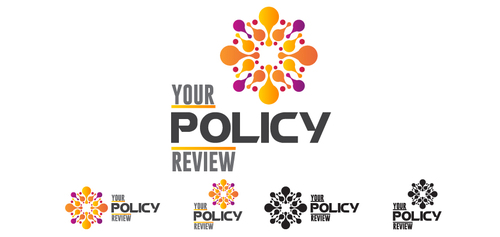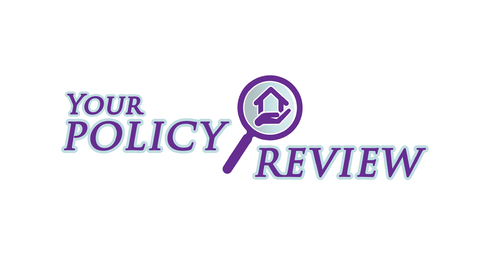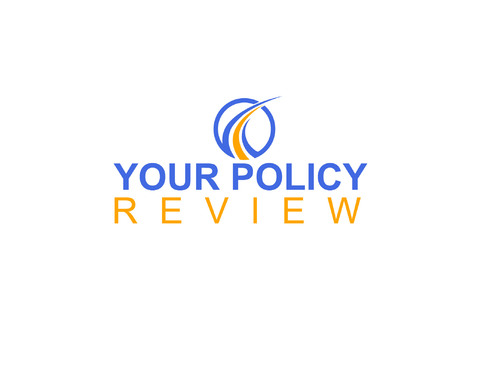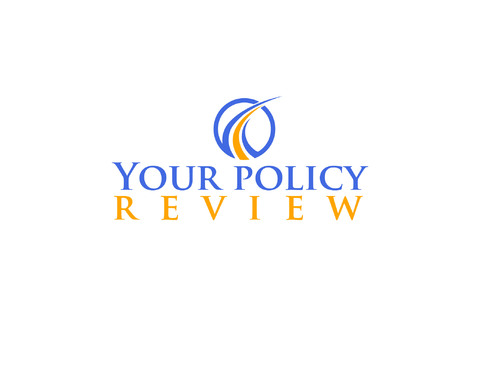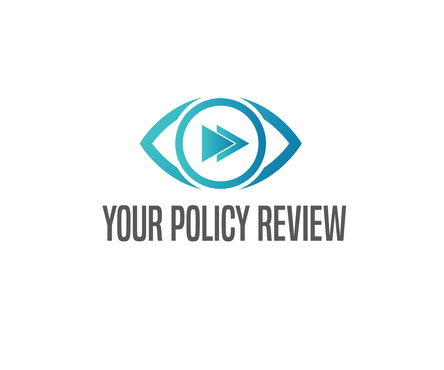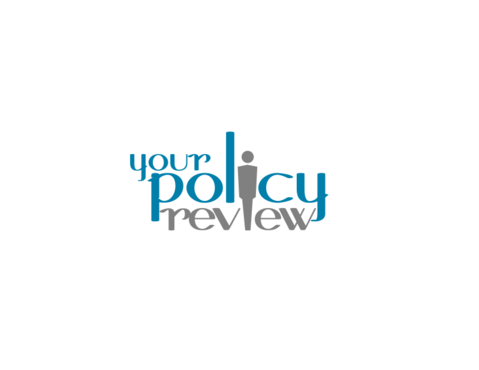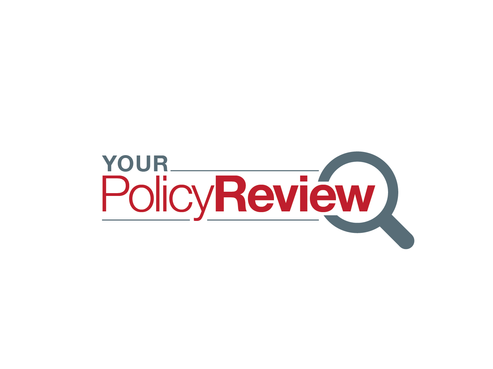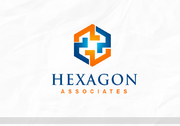Logo to change consumer behavior
Your policy review
|
Contest Holder
yourpolicyreview
?
Last Logged in : 3638days22hrs ago |
Concepts Submitted
91 |
Guaranteed Prize
225 |
Winner(s) | A Logo, Monogram, or Icon |
|
Live Project
Deciding
Project Finalized

Creative Brief
Logo to change consumer behavior
Your policy review
No
THIS IS OUR DETAILED INTERNAL CREATIVE BRIEF
1. What is the Reputation, Promise, Vision of the Brand? (RPV)
This is what the organization considers to be its mission and purpose. This must come from the client’s perspective.
This organization was founded on the premise that individuals are at a disadvantage when purchasing homeowners insurance and in the event of filing a claim.
By being properly informed through an independent analysis of the insured’s specific situation they will take control of the purchasing process and be better prepared to reduce risk and increase the likelihood of a successful claim if one should occur.
We do not sell policies or in any way represent the insurance companies or their agents.
We are an advocate for the insured.
2. The Key Fact
(A single-minded statement that sorts out all information about the product, market and competition. For example: Most groups of people, both users and non-users, have no clear image of what our client's product really is, or the introduction of a heavily advertised competitive brand is taking away many of our client's regular customers.)
People who own a home are inclined, or forced, to purchase a homeowners policy to protect against significant damage to the dwelling, personal property, and liability for injuries to others.
While choices in agents and carriers are numerous the insured tend to be apathetic to these choices and to the specifics of the policies.
They tend to trust that the sellers of these policies are providing them with the appropriate coverage and are generally not aware there are meaningful differences in coverage.
3. Prospect Definition -- Who are we talking to?
(More than just a target definition, but rather a characterization, in "human terms", of the prospect in terms of demographics, product usage, and psychographics in order to understand their needs, hopes and fears and needs for purchasing and/or buy-ins.)
Anyone who owns a home is a candidate for the offering.
Unless someone has experienced a loss, which the majority of homeowners have not, people tend to lack interest or a sense of urgency on the subject of property insurance.
Policies tend to be issued on an annual basis and unless there is a substantial change in the insureds’ homeownership status the policy will likely be renewed and forgotten.
Negative events, which are associated with insurance purchase decisions, are unpleasant to think about. Individuals tend to ignore decisions about events with a very small chance of occurrence.
Preliminary research on the product offering indicates that when someone is made aware of the opportunity to become more knowledgeable on the purchase of a policy their interest is very high.
4. Problem the Advertising Must Solve -- What do the end users think now?
(The problem is an end user's problem or perception, not a manufacturer's problem. It can be a product problem, market problem, or an image problem, but it is always something advertising can correct. The problem is not the cost of manufacturing, regulations, distribution, etc.)
Overcoming an apathetic consumer is the primary problem.
This apathy is fueled by the insurance industry and until there is a loss there is little to no awareness that you should have been better prepared.
5. Advertising Objective -- What are we trying to accomplish?
(The advertising objective is not to gain awareness or to increase share. Those are media and marketing objectives. It is something that affects or impacts the target's attitude or usage habits i.e., change ideas, change brands, use our client's products more often, etc. What thoughts or behavior do we want the prospect to have as a result of this advertising?)
We want the prospect to want to become more knowledgeable about homeowner policies and to take control of the policy purchase process.
6. Who is the Principal Competition?
(A clear, crisp statement of the arena in which the client's product or service will do battle. More than just a list of competitive brands and companies but the segment of the total market in which the client's brand and company will be positioned against.)
Insurance companies and agents control the market. They reinforce the need to have insurance and advertise heavily that they have the consumers’ best interest at heart.
7. Key Benefit -- What is the single, most persuasive idea to communicate?
(One well thought out communication that triggers the desired action by the prospect. It is the primary message to be communicated and any ad or piece of collateral's effectiveness should be evaluated to a significant degree on registration of the key benefit. This is NOT a product attribute but a benefit to the purchaser or user. It should be as competitive as possible and should have the ability to motivate a desired way of thinking and behaving.)
By possessing independent knowledge about homeowners insurance you will be able to reduce your risk of being exploited.
8.Compelling Reason to Buy
(The reason why grows out of the promise and directly supports it. Most likely the reason why will be the product attribute or attributes that make the key benefit believable and persuasive. All facts should be usable, meaningful, believable statements. If there is no product reason why, authority and persuasiveness can be borrowed from company reputation or testimonials and endorsements.)
With a small investment in time and money you will take control of the policy purchasing process and get insurance that is in your best interest not that of the insurance carriers and agents.
9. How will this work be measured or evaluated?
Purchases and completion of an online analysis tool.
10. How should the consumer/prospect respond?
Go to a web site or call.
11. What will happen when the customer responds?
They will be guided through the analysis tool.
12. Are there any corporate image or positioning guidelines that need to be followed?
The primary position of the company is that of a consumer advocate.
The company cannot be perceived in any way as another insurance company or seller of insurance products.
13. Extra consideration given for tagline development.
Consulting

